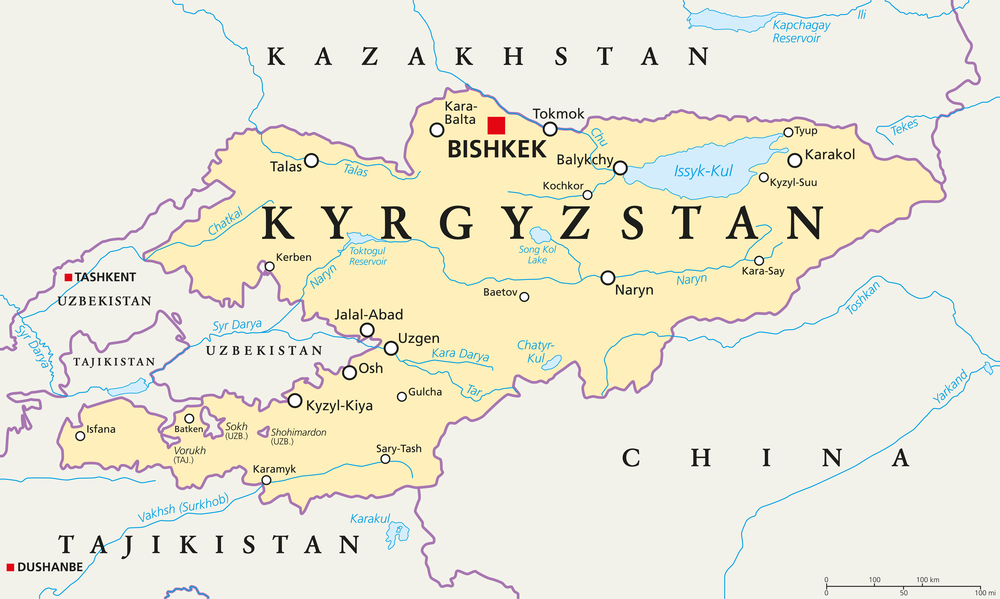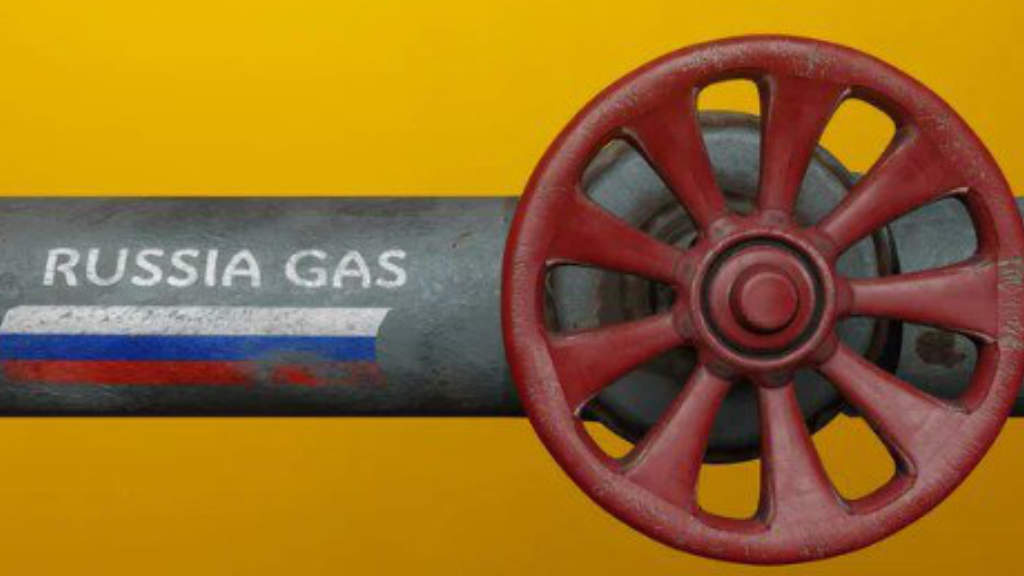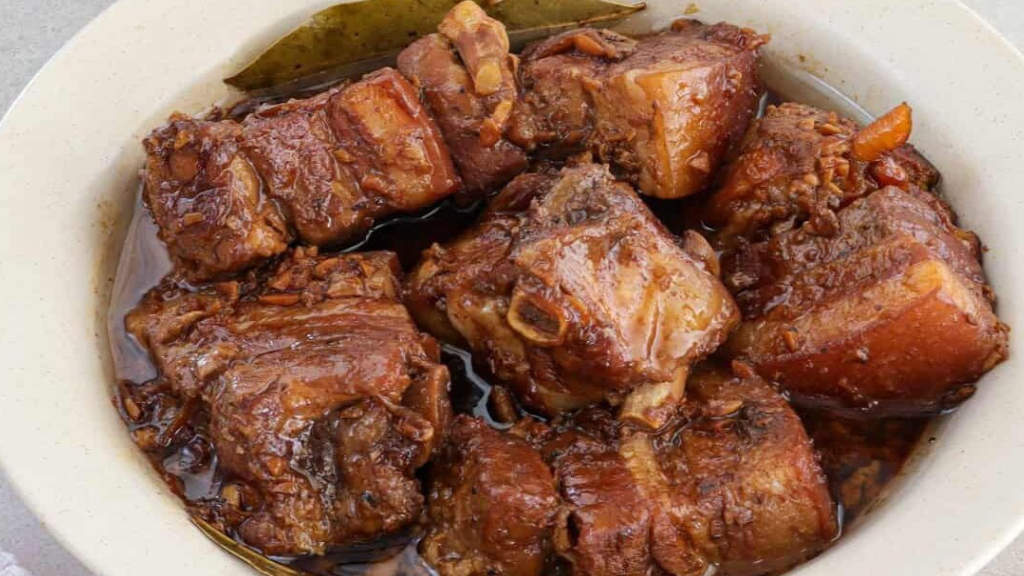Akylbek Japarov, the Kyrgyzstan Prime Minister, has said that Kyrgyzstan and Russia intend to increase mutual trade by 70% to reach US$5 billion a year in the medium term. Japarov stated that “There is good potential for this. Last year, our trade was US$3 billion, and in four months of this year trade it has exceeded US$1 billion.” Japarov was speaking at a meeting of the Russian-Kyrgyz intergovernmental commission on trade-economic, technological and humanitarian cooperation in Krasnoyarsk.
Kyrgyzstan is developing new formats of e-commerce, trying to reduce entrepreneurs’ costs, and is introducing new instruments to support exporters in order to increase trade, Japarov said, while the Kyrgyz financial sector is stable. “Bearing in mind the parties’ ambitions to modernize the financial sphere and increase the share of settlements in national currencies, I believe the involvement of Russia’s largest banks – Sberbank, VTB, Vneshekonombank, Gazprombank – it is important for the financial market of Kyrgyzstan to open branches of these banks in the country” Japarov said. Kyrgyz banks are ready to provide services to financial flows of Russian legal entities and citizens, he said.
That goes hand-in-hand with Russian e-commerce businesses setting up logistics operations in Kyrgyzstan to help Russian consumers access Kyrgyz products and vice versa. Among the projects that are discussed between Bishkek and Moscow are projects in the light industry such as the Technopolis project in the Chüy Region where a new complex is expected to accommodate about 40 enterprises for 10,000 employees. Another project is the “Kyrgyz Textile Company”, planned to be opened in Osh and expected to create some 7,000 jobs. The third major project is the US$200 million construction of The Silk Way Industrial Park in Kyrgyzstan’s Chüy Region which is expected to have 112 specialized factories built to produce clothing, textiles, and footwear items. China has invested half of this capital with Russia the other half.

Clearly, Russia sees Kyrgyzstan as a gateway to China as well as potentially to other Central and South Asian markets. Investing in its manufacturing industries can show products as made in Kyrgyzstan rather than Russia and perhaps more amendable for export. As Kyrgyzstan, along with Russia is a member of both the EAEU and the CIS, this makes sense to take advantage of lower employment costs – providing the productivity gap between cheap labor and actual performance can be overcome.
Trade connectivity ties are also likely to improve over time as the much-delayed China-Kyrgyzstan-Uzbekistan railway has finally been approved and should be completed by 2030. Russia has rail connectivity with both China and Uzbekistan and this new route will provide rail access to and from Kyrgyzstan for first time.
Further Reading
Russia-Kyrgyzstan 2024 Bilateral Trade and Development
Russia’s trade and investment development with Kyrgyzstan is extensively covered in our 2024 Russia’s Pivot to Asia guide. This is a complimentary download and can be accessed in English here and in Russian here.






